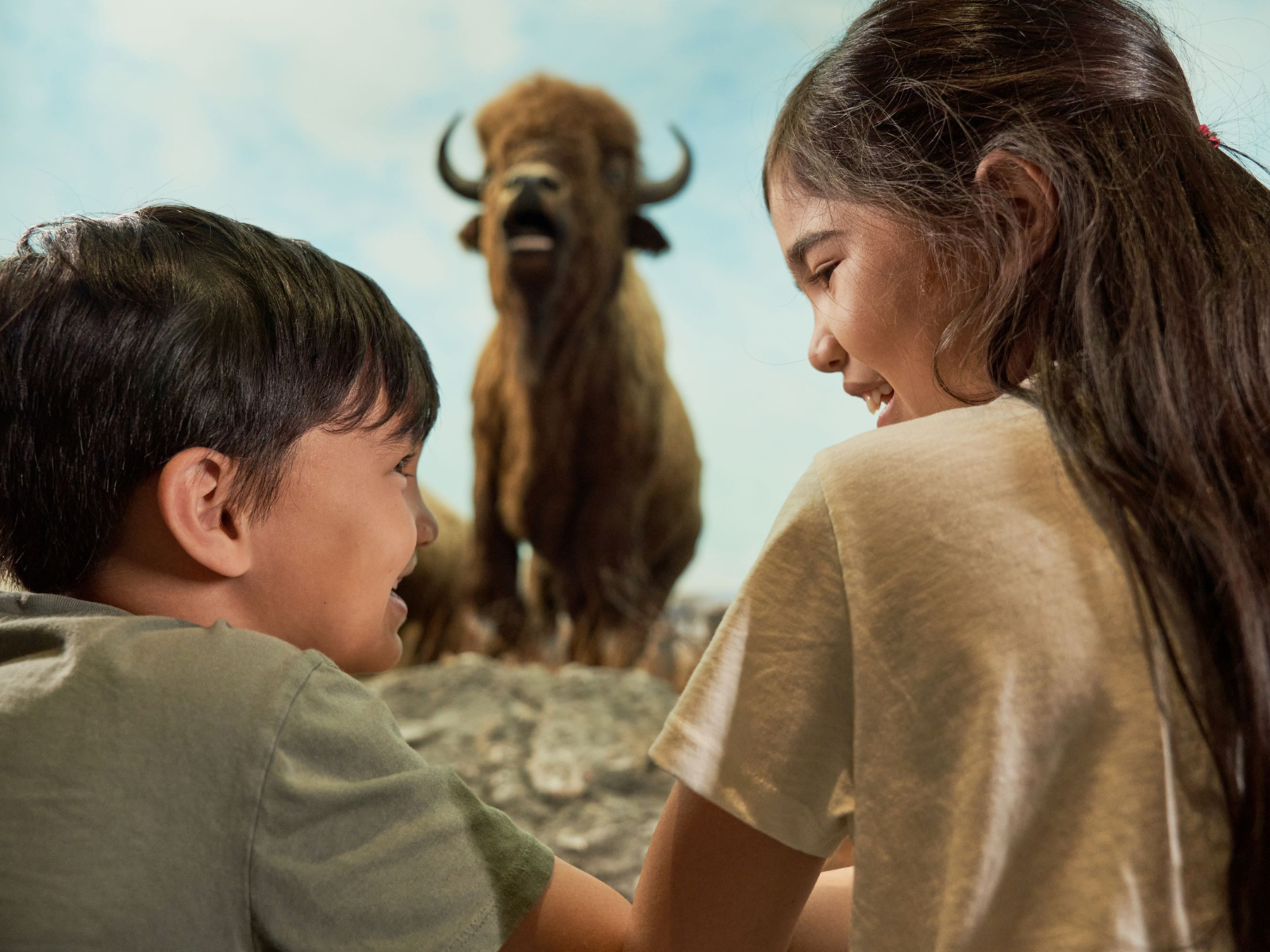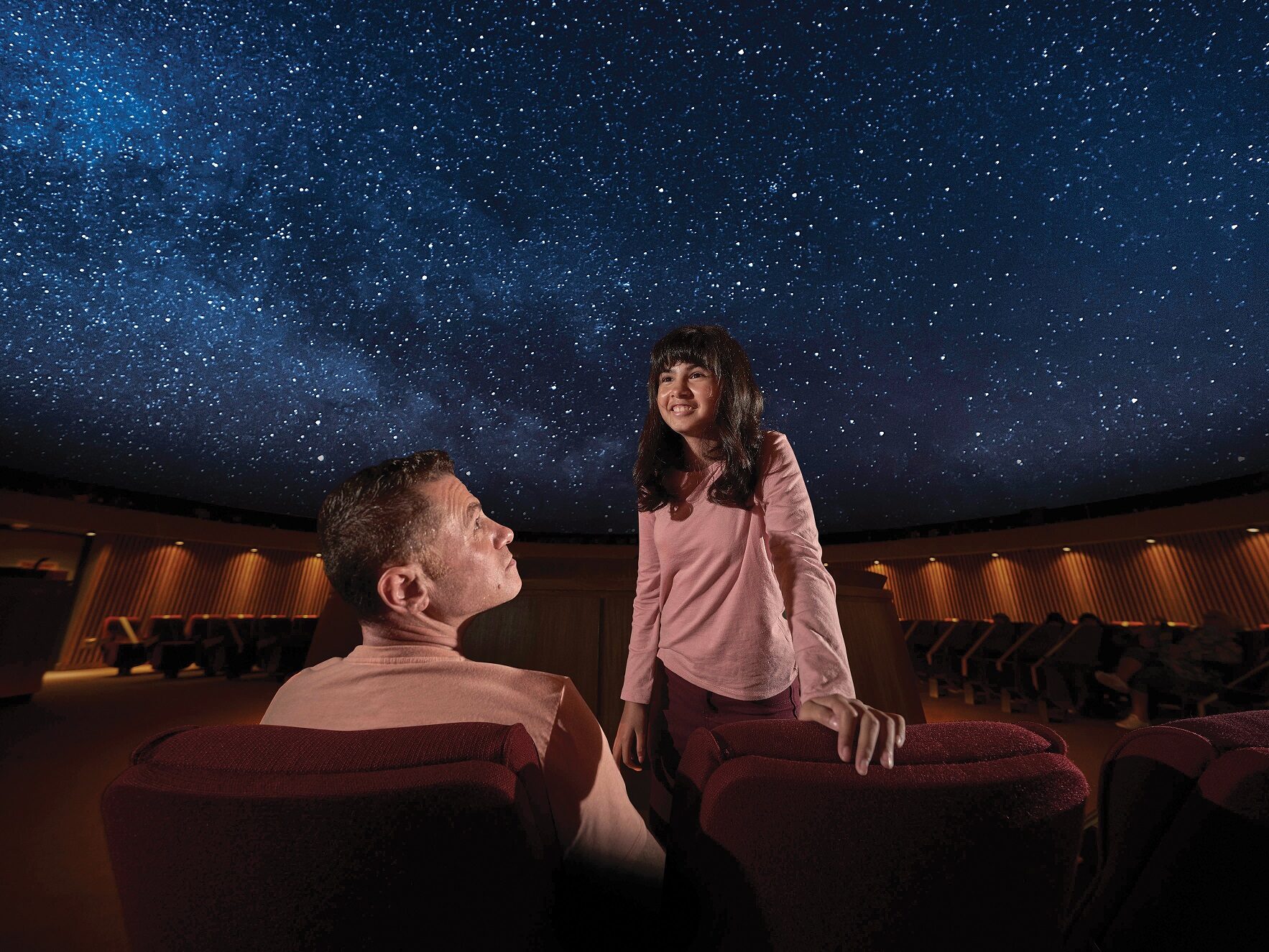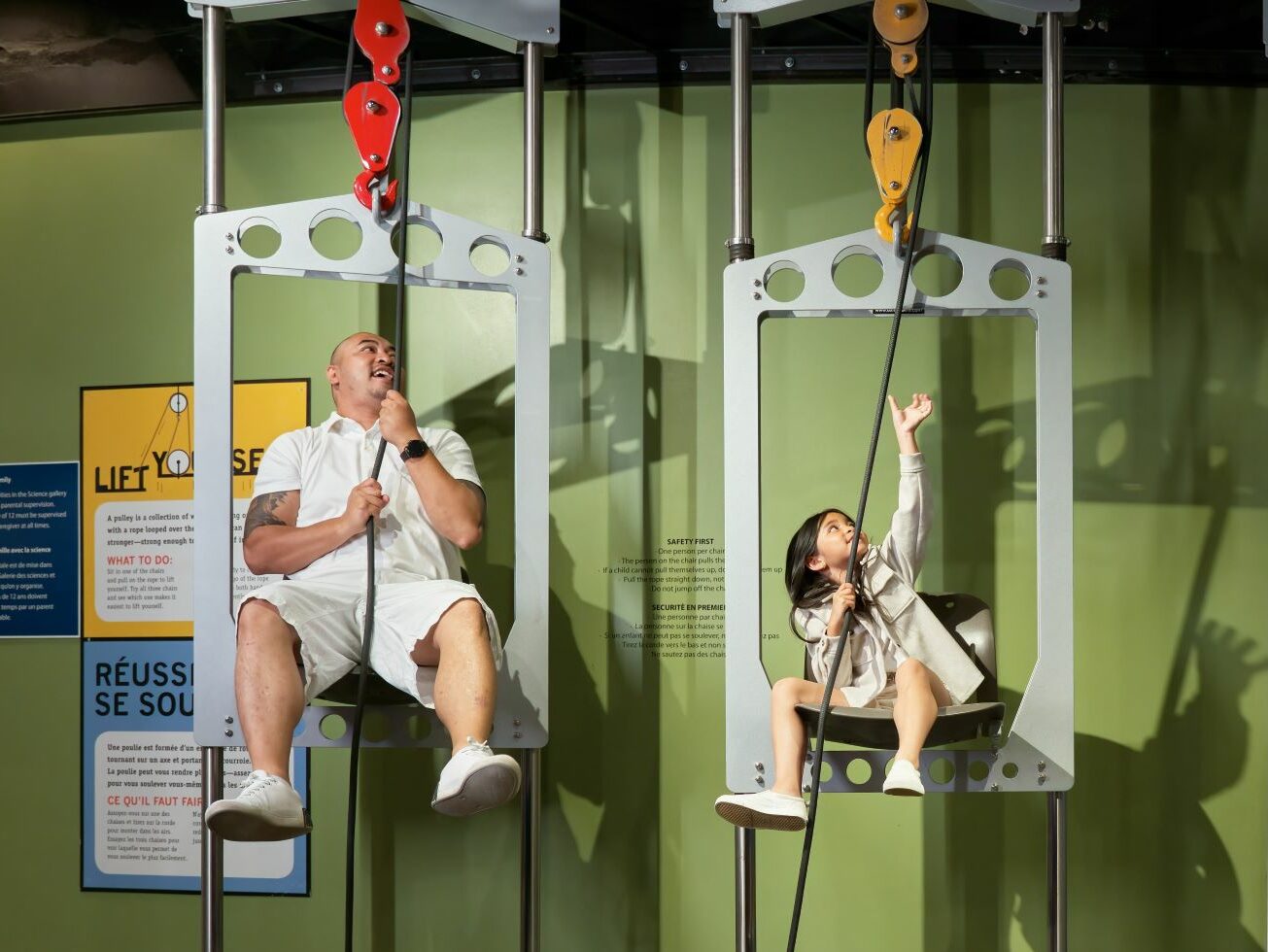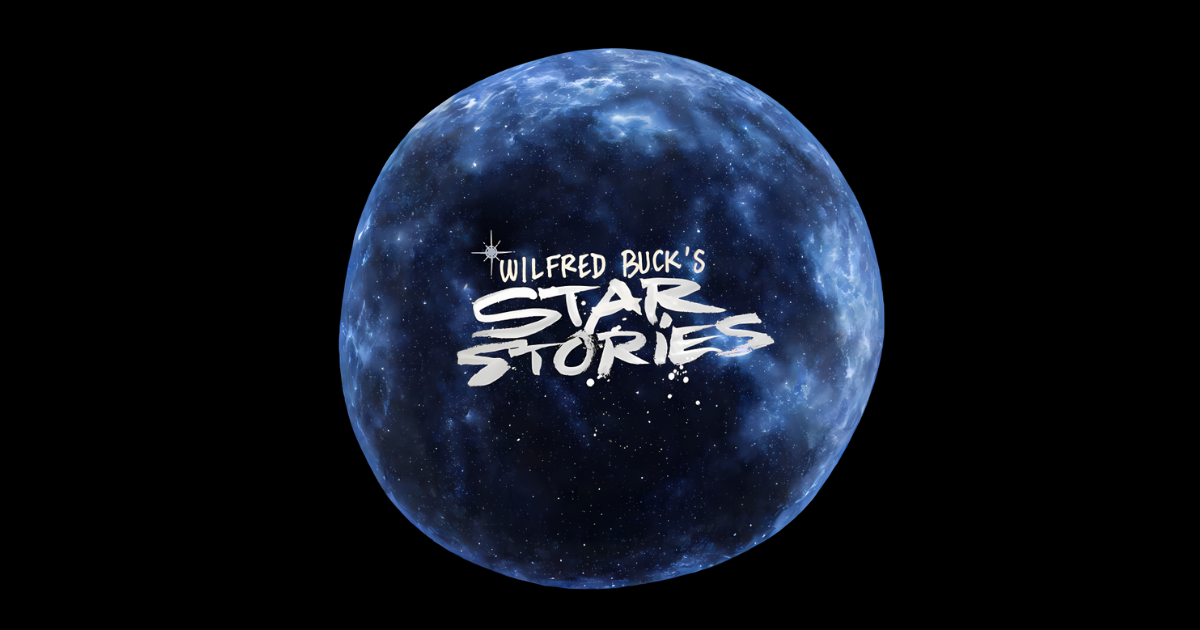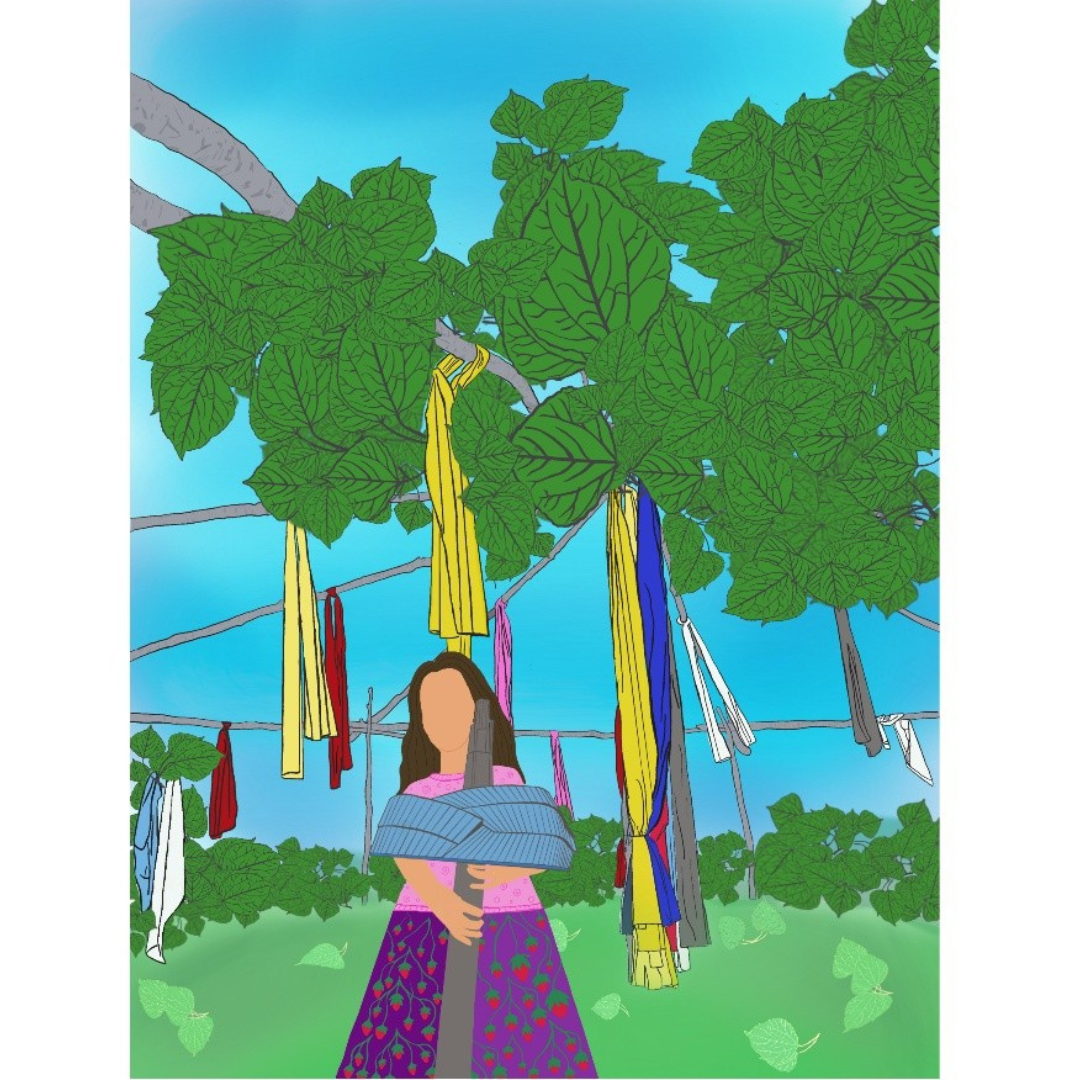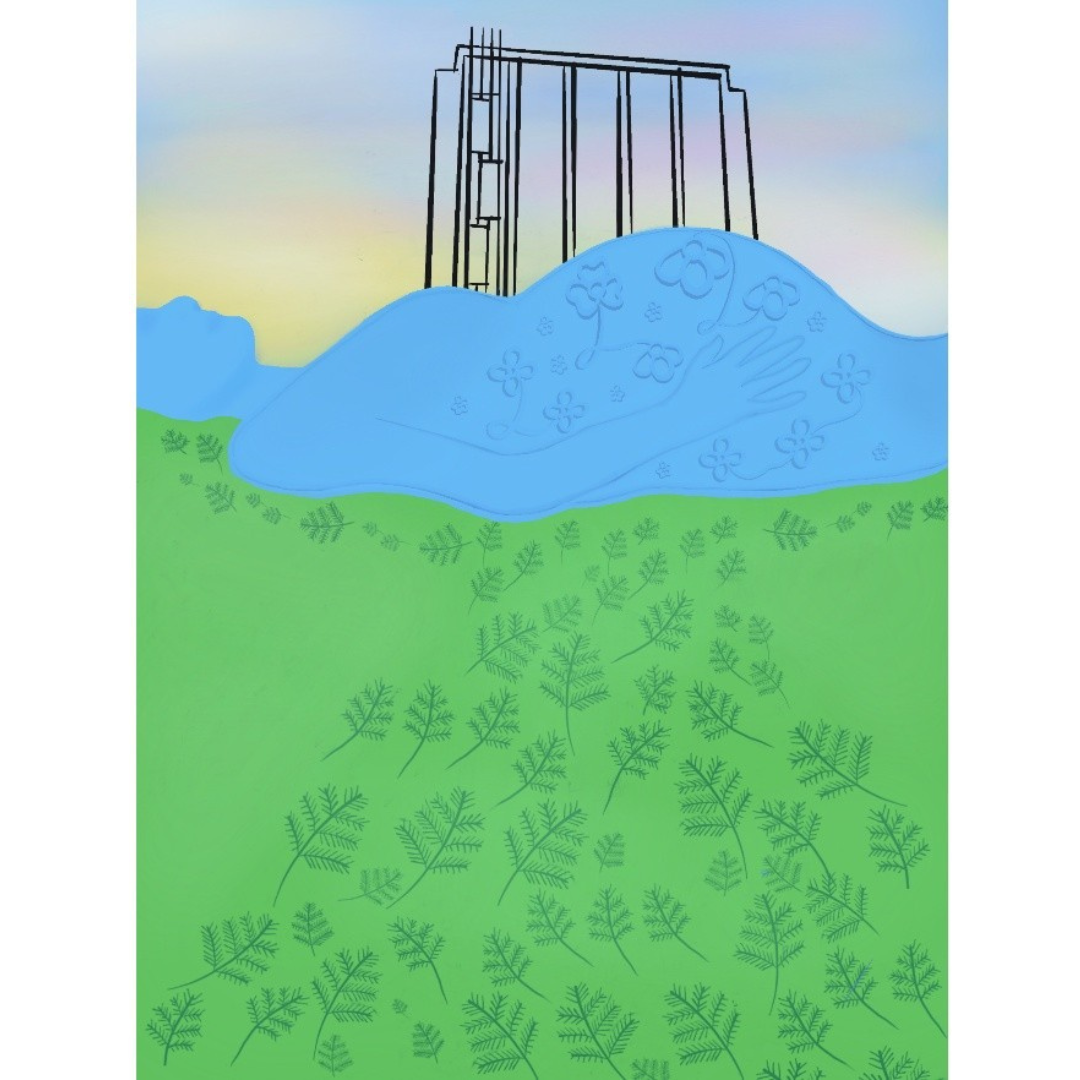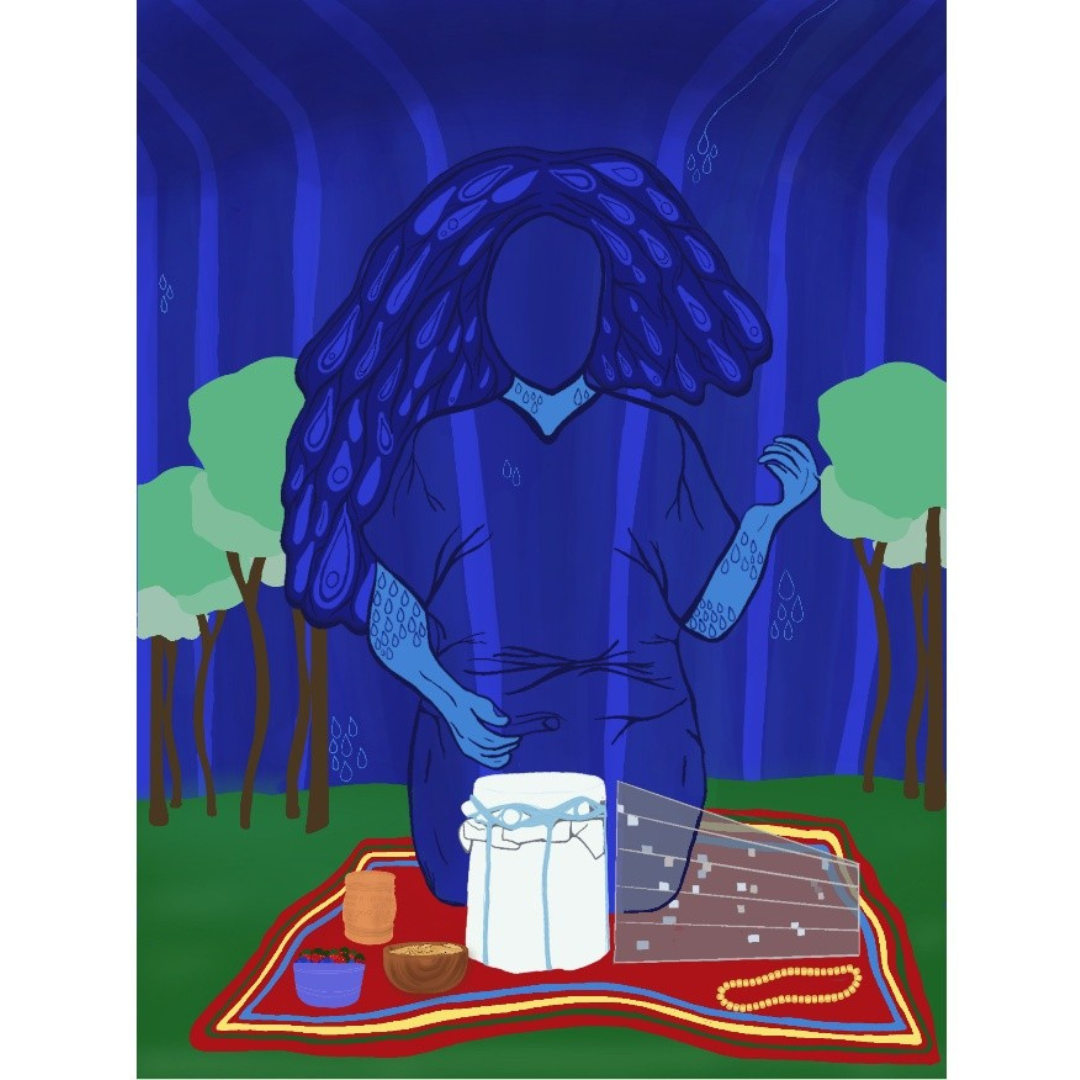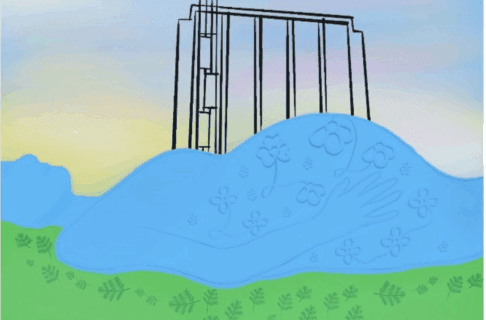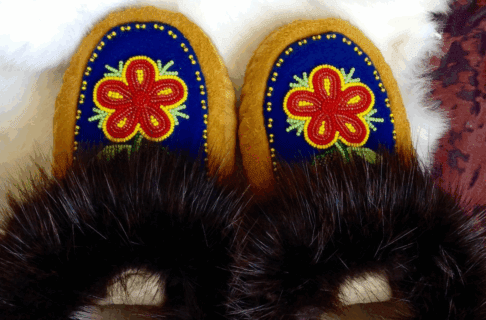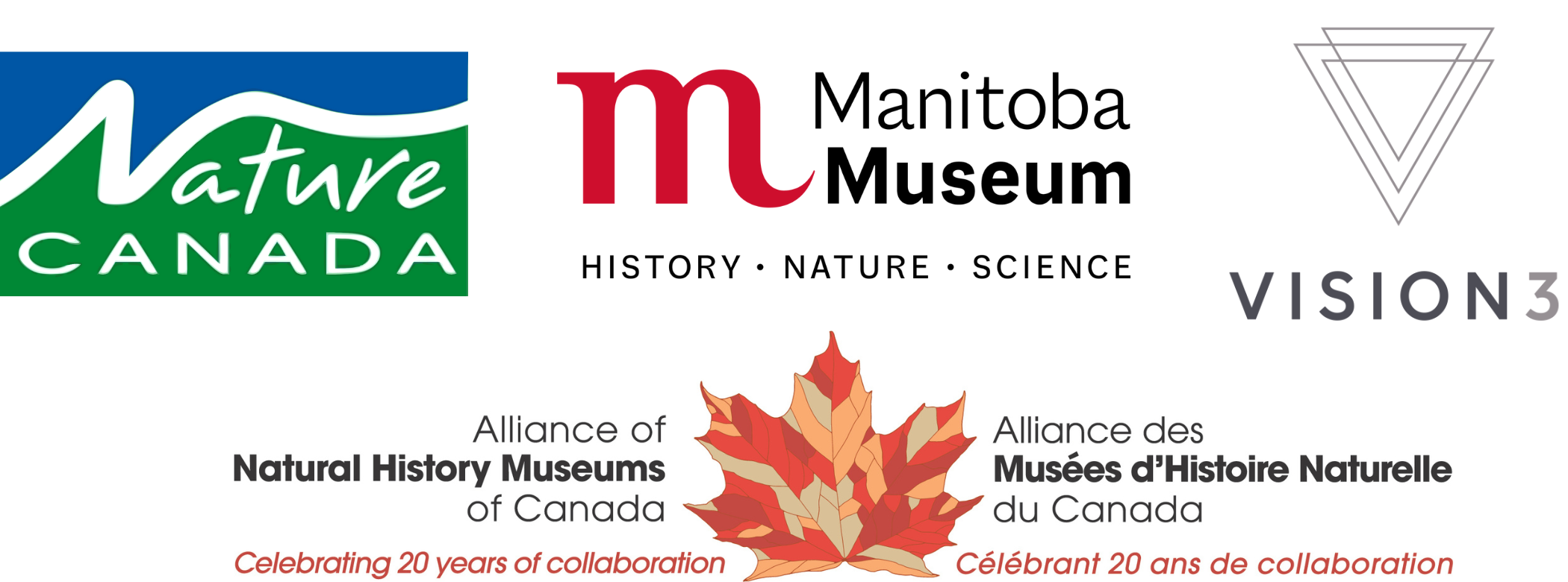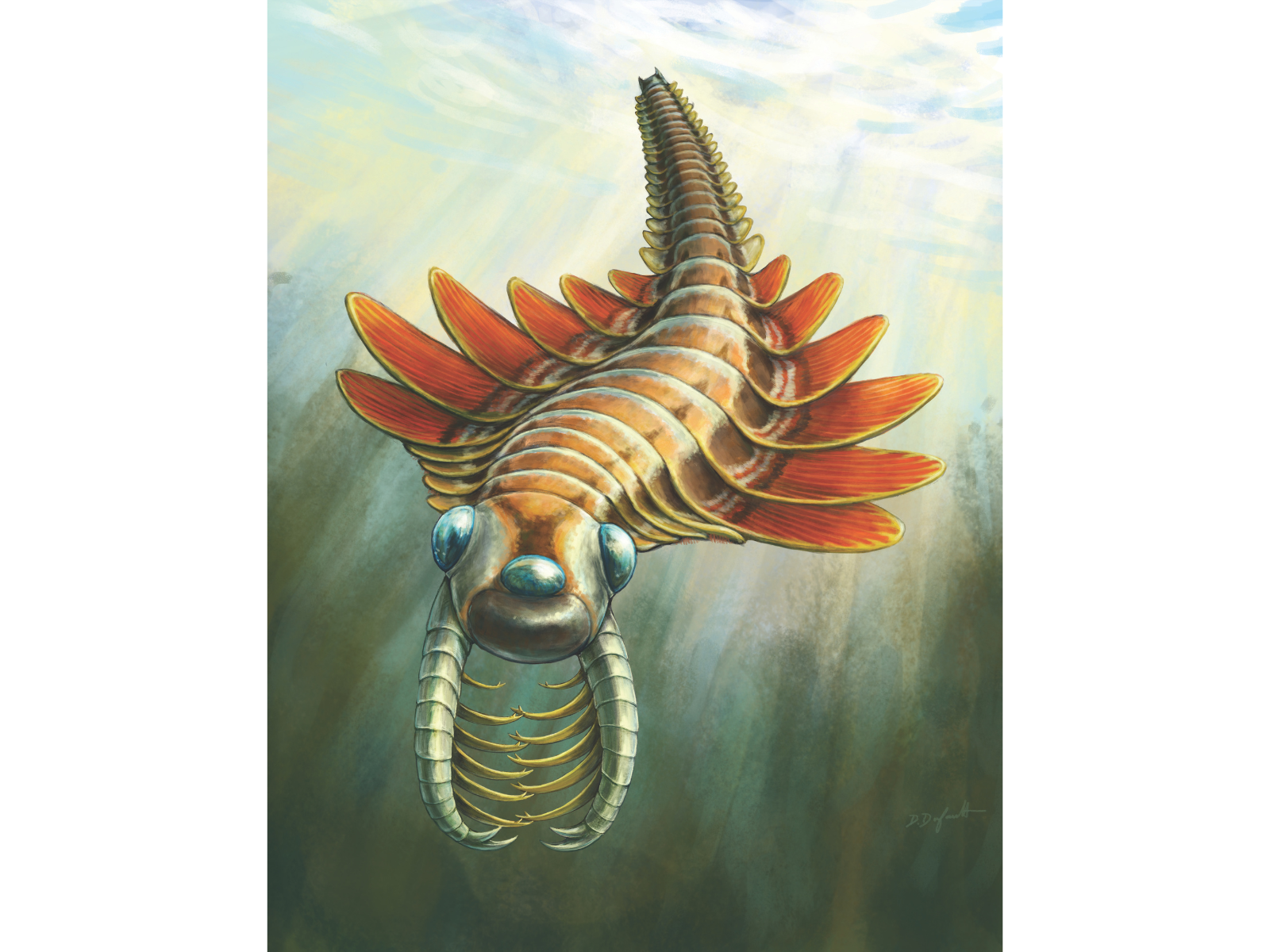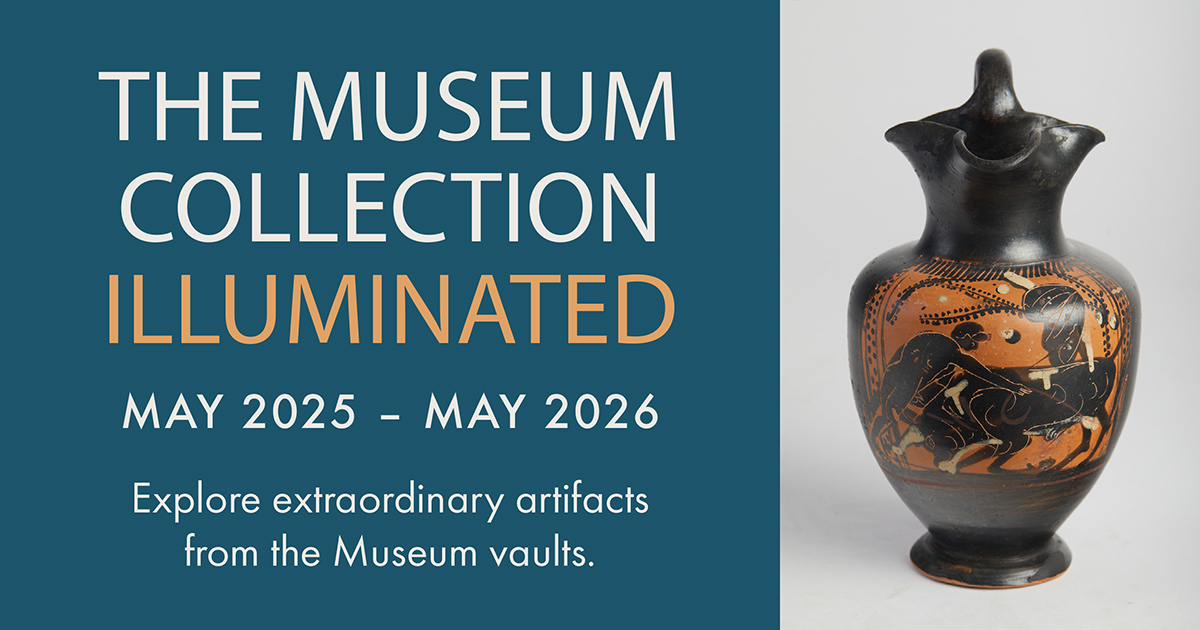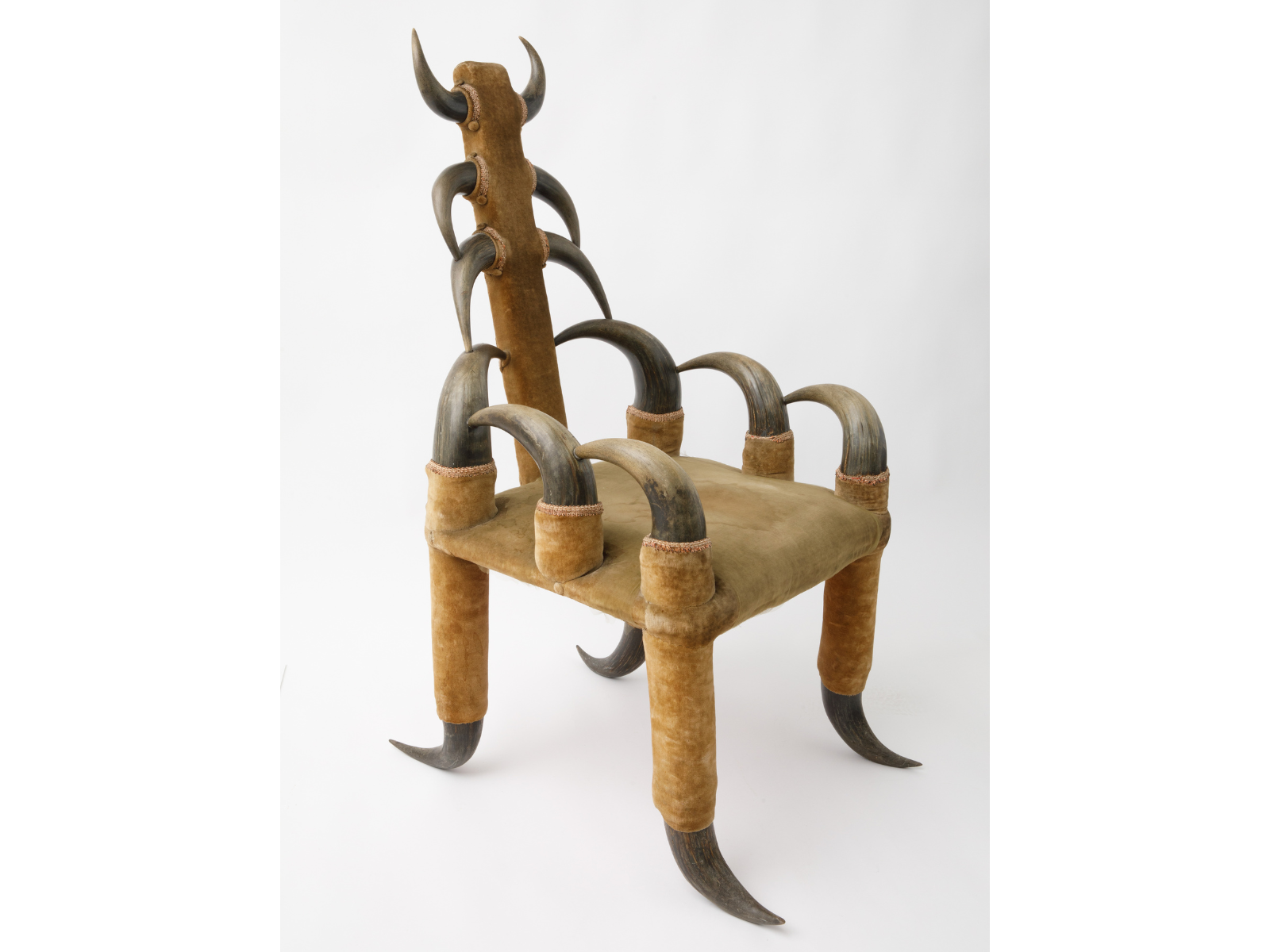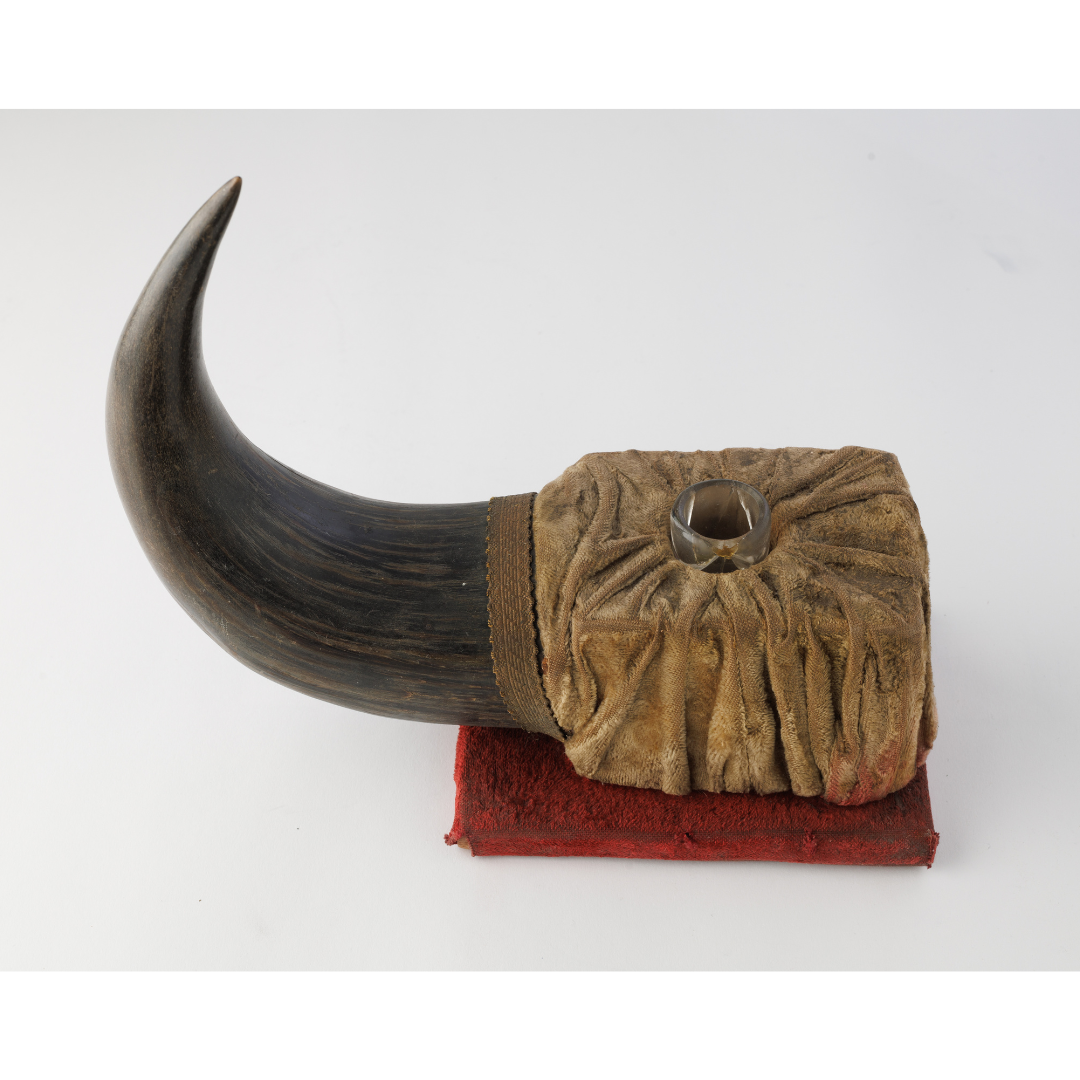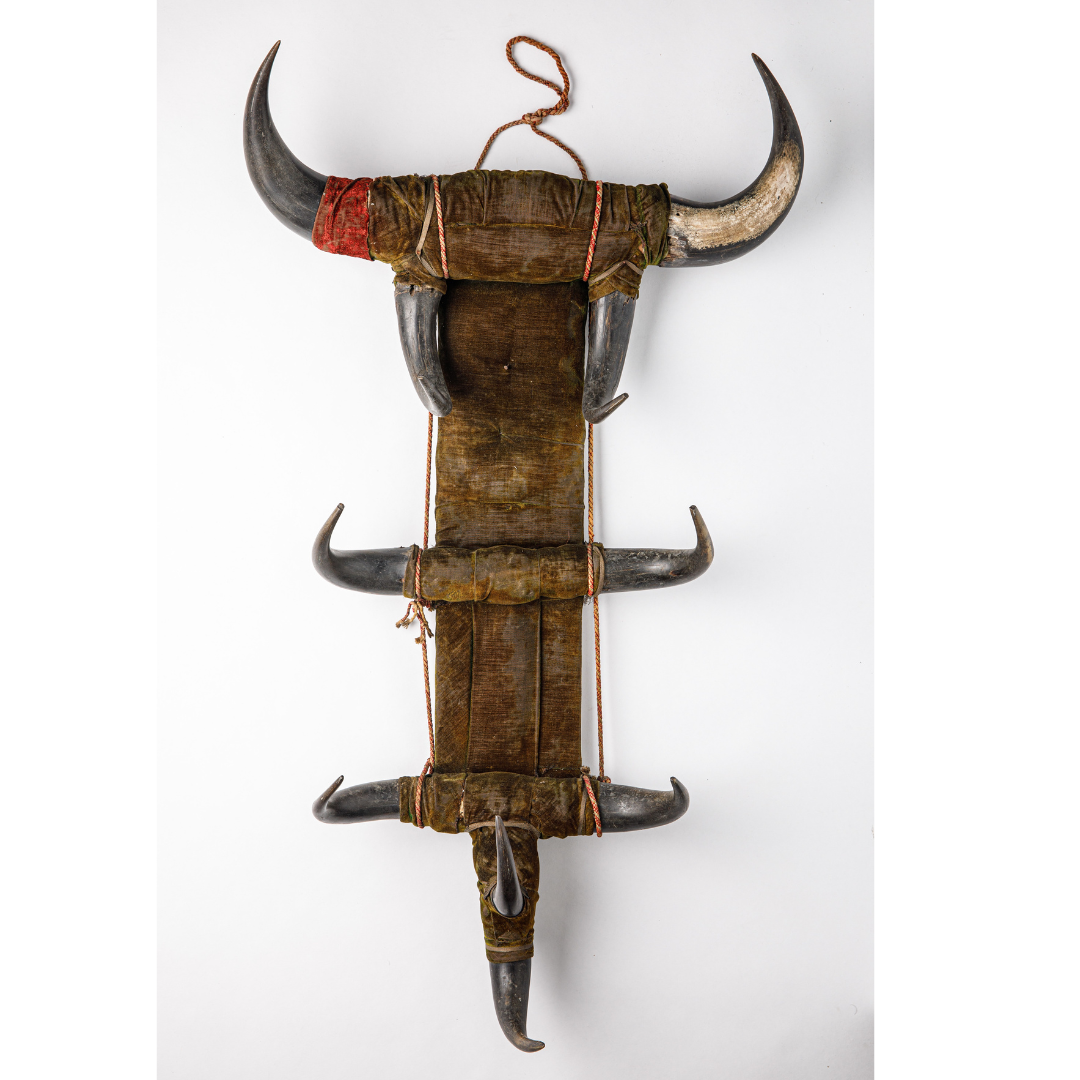Division: Marketing, Sales & Visitor Experience
Department: Visitor Services
Closing Date: July 4, 2025
Position Type: Full-Time, permanent
Pay Group: 4
General:
Reporting to the Manager of Café and Visitor Experience, the Visitor Experience Coordinator is an energetic, detail-oriented, and results-driven team player with a passion for providing excellent customer service. This key frontline position is the first point of contact for many Museum visitors and is responsible for operating the central switchboard and welcoming and directing visitors, as well as providing guidance, support, and scheduling for the Visitor Experience Associates (VEAs). The Visitor Experience Coordinator assists in providing an exceptional visitor experience in the Museum’s frontline areas – Reception, Box Office, Museum Shop, and Planetarium Theatre – and must exercise professionalism, initiative, and sound judgment in an enthusiastic manner when working with the VEAs, the public, and internal and external customers. Fluency in both official languages is required for this position.
Criminal record, vulnerable sector and child abuse registry checks will be required of the successful candidate.
Key Accountabilities & Typical Duties:
Priority 1: Visitor Experience and Frontline Liaison (45%)
When engaging with visitors, the Visitor Experience Coordinator is to facilitate a positive visitor experience by welcoming visitors and answering inquiries in a friendly and competent manner to encourage repeat visits, increased sales, and Museum loyalty (membership). When engaging with Museum staff, the Visitor Experience Coordinator is to assist in the coordination of the flow of basic operational information between departments and frontline staff.
- Maintain a constant staff presence at the front reception desk, welcome and direct visitors and school groups, answer visitor inquiries, and provide information in both official languages.
- With oversight from the Manager of the Café and Visitor Services, ensure proper staffing of all front-line areas (Box Offices, Planetarium Theatre entrance, Museum Shop, Reception Desk, and special events) by preparing monthly staff schedules that balance quality visitor services with the constraint of allocated budgets.
- Use appropriate communication etiquette and internal procedures, operate the Museum’s switchboard, answer incoming phone calls, respond to email inquiries, and forward messages to the appropriate staff.
- Ensure Visitor Experience/Customer Service standards are achieved across all frontline areas.
- Control and maintain the cash function of all Box Office floats.
- Respond to, resolve, and track all visitor comments and complaints by calling upon the appropriate Manager as needed. Encourage visitors to fill out a comment card/online comment form.
- Connect visitors arriving at the Museum for meetings with the appropriate staff members, ensuring they are signed in and are assigned an appropriate visitor/contractor Badge.
- Assist in relaying information from departments to front-line staff (i.e. show changes, staff absences, etc.).
- Assist in always maintaining excellent housekeeping standards at the front desk and in the foyer.
- Ensure signage in all public areas is accurate and create temporary signage as needed (i.e. elevator down).
- Ensure the update of visitor services messaging at all touch points including switchboard, info line, hours of operation, signage, visitor map and brochures, website, and messaging for amenities (lockers, etc.)
- Act as a Fire Monitor and provide instructions and guidance to staff and visitors. Make emergency evacuation announcements over the loudspeaker when it is safe to do so.
- Stay up to date on Museum events, promotions, and procedures to inform and assist visitors.
Priority 2: Visitor Services Associates Leadership & Support (30%)
To provide guidance and support to the Visitor Experience Associates (VEAs) to ensure seamless operations and an exceptional visitor experience.
- Provide guidance, support, and training (onboarding and on-the-job) to VEAs to ensure they apply the knowledge and skills required to meet assigned sales goals and daily tasks. For example, work with VEAs to reduce balancing errors.
- Schedule VEAs for shifts and other special events.
- Coordinate daily VEA schedule due to last-minute changes (sick staff, frontline demands, etc.). Approve bi-weekly staff timesheets with Manager oversight.
- Provide input on staffing issues concerning supervision, direction, and control of employees to the Manager of Café and Visitor Experience.
- Control and maintain the cash function of all Box Office floats.
- Act as a backup VEA and fill in at the Box Office, Museum Shop, and/or Planetarium Theatre as required.
- Ensure all Museum policies and procedures are followed by VEAs (i.e. Dress Code, Social Media Use, etc.).
Priority 3: Administrative Support (20%)
To provide support to various Museum departments for the Museum to function more effectively.
- Maintain digital/hard copy of reception files and keep them organized and easily accessible.
- Maintain Museum staff phone directory by updating the list as staff changes occur and notify all staff.
- Compile data and complete reports as needed.
- Assist with processing refunds/exchanges and liaising with the Business Office to make balancing error corrections as needed. Assist in following up on additional training for Visitor Experience Associates as needed.
- Keep track of parcel deliveries, special events, and staff movements (i.e. meetings) daily.
- Act as the liaison between the Museum and Canada Post/Mail Couriers.
- Process outgoing mail daily and coordinate pick-up/delivery of mail and courier services.
- Connect Individuals from the community with appropriate staff in other departments.
- Communicate with event guests and maintain RSVP lists for rental, Member, and volunteer events.
- Maintain inventory and purchase supplies for the office, sales, and event needs.
- Ensure appropriate welcoming and billing of school groups.
- Collaborate with Security Guards on visitor entry into frontline areas and overall security needs.
Priority 4: Manitoba Tourism Ambassador & Other Reasonably Assigned Duties (5%)
To advocate for Manitoba tourist attractions through the promotion, display, and distribution of printed tourism materials.
- Coordinate the order/delivery of printed materials for display at the Museum with tourism organizations.
- Display and restock printed tourism materials on racks at a management-specified location within the Foyer.
- Provide general information and directions to visitors about other tourist attractions in Manitoba and encourage visitors to browse through printed tourism materials.
Other duties as reasonably assigned
- Participate in and contribute to the Visitor Experience Committee.
- Take direction from the Manager of Café and Visitor Experience in hiring staff.
Minimum Required Qualifications:
Skills, Abilities and Knowledge
- Fluency in both official languages (English and French) is required,
- Enthusiastic and friendly manner with a genuine desire to provide outstanding customer service,
- Effective written/oral communication, interpersonal, organization, mathematical, and attention to detail skills,
- Proficient understanding of customer service/sales principles, retail selling, and ability to recognize sales prospects,
- Proficient cash handling skills and understanding of security practices in a sales environment,
- Demonstrated high accuracy in the operation of Point-of-Sale software and terminal including credit/debit card processing, cash handling, reconciling daily cash-outs, preparing deposits and coin orders, and maintaining minimal balancing errors,
- Demonstrated proficient knowledge and understanding of the requirements of proper business demeanour, including conscientiousness, reliability, punctual attendance, and appropriate time management,
- Demonstrated proficient ability to engage effectively with culturally diverse audiences/audiences of varying age,
- Demonstrated working knowledge of and skill in Microsoft Office, Windows, and database applications,
- Ability to multi-task, work as part of a team, and take initiative independent of direct supervision,
- Ability to creatively problem-solve, work under pressure, and meet tight deadlines.
Education, Training and Experience
- Completion of high school diploma (Grade 12),
- Completion of a certificate program in Office Administration or a related field, and
- Minimum two years of experience operating a switchboard,
- At least one year of experience in a frontline leadership position working with the public,
- At least two years of experience handling/accounting for various forms of payment,
- At least two years of experience in a retail/sales work environment using a Point-of-Sale (POS) system,
- Experience using Tessitura software programs is preferred,
- Experience working in a museum/non-profit organization and/or a unionized environment is considered an asset, or
- An equivalent combination of education and experience
Working Conditions and Physical Demands
The physical demands and work environment described here are representative of those an employee encounter while performing the essential functions of this job:
- Ability to exert up to 10lbs of force and occasionally lift/move objects up to 30lbs
- Ability to sit and/or stand for at least 2 consecutive hours
- May occasionally involve kneeling, bending, pushing/pulling, reaching above shoulders, and climbing ladders
- Operation of standard office equipment is required (i.e. switchboard, computer, copier, etc.)
- Day-to-day moderate noise in an open setting; exposure to loud noise may occur due to large groups or events
Conditions of Employment
- Must be available to work Monday to Friday from 8:30 am to 4:30 pm, and can flex hours as needed.
- Child Abuse Registry Check
- French Language Proficiency Test
This is a Full-Time permanent position beginning as soon as possible. The wage range is $40,085.75 to $50,721.25 ($22.03 to $27.87 per hour) depending on experience.
Application package consisting of a cover letter and resume must be submitted by 4:30 pm on July 4, 2025 to:
Manager of Volunteer & Employee Relations
The Manitoba Museum
190 Rupert Avenue
Winnipeg, Manitoba R3B 0N2
HR@ManitobaMuseum.ca
Fax: (204) 942-3679
The Manitoba Museum is committed to inclusion and employment equity and welcomes diversity in the workplace. The Manitoba Museum recognizes the importance of building a workforce reflective of the visitors it serves. Therefore, the Manitoba Museum supports equitable employment practices and promotes representation of designated groups (women, Indigenous people, persons with disabilities, visible minorities).
Employment Equity is a factor in selection for this position. Consideration will be given to Indigenous people, visible minorities, and persons with disabilities. All applicants are encouraged to self-identify if they are members of the designated groups (women, Indigenous people, persons with disabilities, visible minorities) in their application.
This document is available in other formats and accommodations will be provided throughout the selection process upon request. Contact Human Resources at 204-956-2830 if you have an accommodation request.
We thank all applicants for their interest; however, only those being considered for interviews will be contacted. We are not able to acknowledge receipt of applications submitted via Fax or mail
